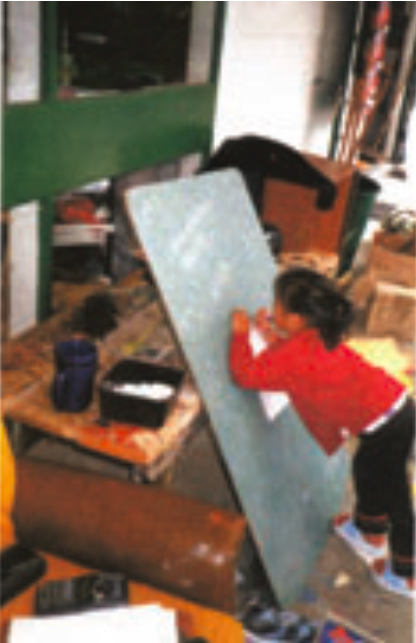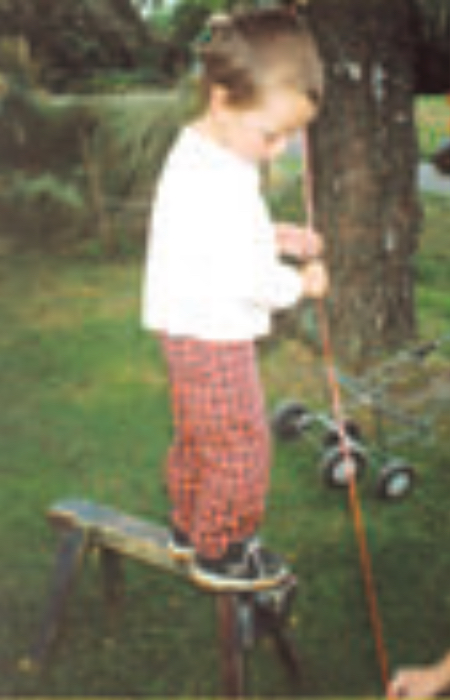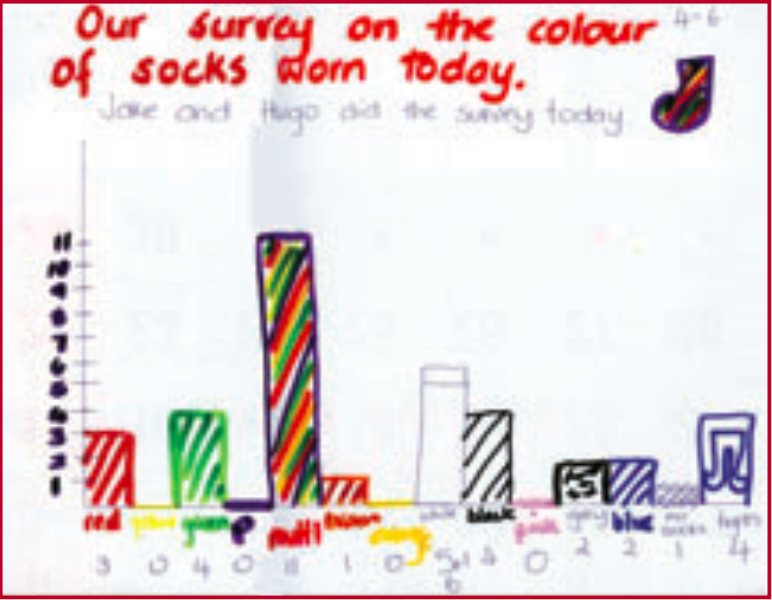Kei Tua o te Pae
Kei Tua o te Pae/Assessment for Learning: Early Childhood Exemplars is a best-practice guide that will help teachers continue to improve the quality of their teaching.
The exemplars are a series of books that will help teachers to understand and strengthen children's learning. It also shows how children, parents and whānau can contribute to this assessment and ongoing learning.
We are making improvements to our download-to-print functionality. So if you want a printed copy there are PDF versions available at the bottom of the main cover page.
A lens focused on mathematics – He āta titiro ki te pāngarau
The following are some aspects of participation, in the domain of mathematical symbols, tools, and practices, that might be noticed, recognised, responded to, recorded, and revisited. Not all these aspects are represented in the exemplars, but teachers may be able to identify them in their own local settings and write their own exemplars. In particular, when episodes are documented and revisited, children will be able to recognise their own mathematical competence.
A repertoire of mathematical practices
An indicative repertoire of practices is set out here, using the four practices outlined in Book 16 as a framework. These four practices also intersect and interconnect.
-
Observing and listening in to mathematical symbols, tools, and practices
-
Observing and listening in to mathematical symbols, tools, and practices includes watching and listening in to adults and children engaged in a range of mathematical activities. It also includes noticing cultural and local conventions to do with ways of classifying and describing patterns and relationships, using ideas like number, shape, space, time, and distance. In the exemplar “Preparing a budget and playing with numbers”, a group of children and their teacher are using mathematics for a purpose: to select from a catalogue and to budget for an equipment grant. Achieving this purpose calls for using some mathematical tools, including symbols (numbers) and a calculator. Lute observes and listens in to this purposeful activity, and she later plays with the calculator, writing the numbers that appear.

-
-
Playing with mathematical symbols, tools, and practices
Playing with mathematical symbols, tools, and practices includes playing with and noticing numbers, shapes and sizes, and quantities of things. It includes trying out tools for exploring number, shape, space, time, and distance and finding out what these tools can do.
In the exemplar “Quin and quarters”, Quin has been playing with symmetry and quarters, painting a pattern that she “appeared to be really happy with”.
-
Using mathematical symbols, tools, and practices for a purpose
-
The “te kākano” diagram lists a number of purposeful activities for developing and understanding mathematical symbol systems and tools. This diagram has proved useful for exploring the mathematics programme in early childhood settings. Using mathematical symbols, tools, and practices for a purpose includes:
- setting and solving problems that use mathematical symbols and systems (as in the exemplar “Measuring the play dough”, where Tom uses a ruler and centimetres to compare the lengths of dough and to find how far his dough can stretch);
- looking for and constructing patterns that have a “rule” or relationship that establishes the pattern (for example, symmetry; or as in the exemplar “Playing with repeated patterns”, where in Jessica’s repeated and sequential pattern, the legs become longer as the figures become smaller);
- connecting with a range of ways in which family and whānau do mathematics and classifying things for a purpose (as in the exemplar “Ezra explores height, balance, measurement, and number”, which includes contributions about mathematical practices in Ezra’s family);
- guessing, using trial and error, thinking logically, and making comparisons (as in the exemplar “Jake’s survey”, where Jake checks an earlier survey and systematically records the colours of bags hanging up over the lockers);
- noticing, recognising, and understanding cultural patterns (as in the exemplar “Playing with repeated patterns”, where Jessica explores the koru pattern);
- noticing and recognising the purpose of significant cultural designs (as in the exemplar “Collaborative building with unit blocks”, where the children explore aspects of geometric shapes);
- using mathematical systems for making meaning (as in the exemplar “Ordering by size”, where Nick uses numbers and ordered sizes to make meaning and to tell a story).

-
-
Critically questioning or redesigning
-
Critically questioning or redesigning in mathematics includes critiquing the options for classifying and representing data for making meaning. It includes using mathematical symbols creatively and reflectively and representing the world of numbers, shapes, time, and space in personal and unique ways. In the exemplar “Jake’s survey”, the teachers have demonstrated a number of ways to display data from surveys. Jake has reflected on these and makes up his own mind by choosing and adapting one of the methods.

-
